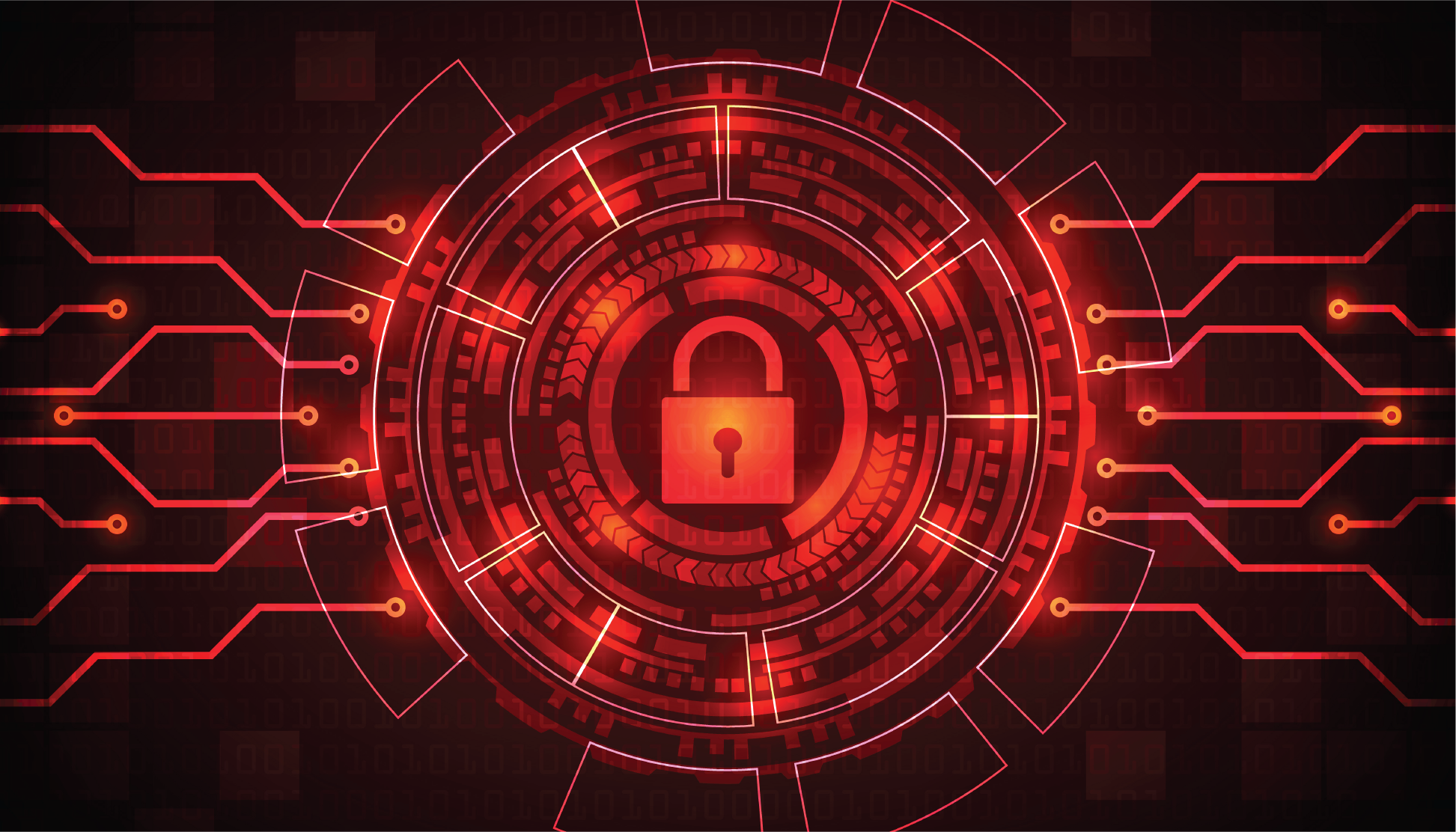The customer and vendor demand for SIEM technology as a security solution has been on the rise. Experts predict a few trends to take effect soon.
While the basic capabilities of SIEM technology date back over a decade, enterprises demand the SIEM solutions for better security, today. The technology has become an information platform and in the past year, the demand for SIEM has soared with threat management and monitoring as its main boosters.
The Gartner Magic Quadrant for SIEM indicates that risk-based monitoring and the response to cloud application security constitute the SIEM criteria for both business customers and vendors. Experts have identified some trends that are likely to come out of the new security demand.
Also Read: XDR Technology Gaining Momentum as a Security Solution
Solving Alert Fatigue
A risk-based alert is a recently evolved methodology that helps enterprises attribute risk to entities. This is done by triggering an alert if a threat threshold is exceeded. At the SOC, many security solutions sound alerts on broad detections that usually boils down to an increase in false positives along with extra noise. The unnecessary burden is one of the reasons for the sudden demand for SIEM solutions. To meet the alert fatigue demands, SIEM solutions will have to improve their detection efficiency and accurately respond to targeted breaches. It will allow companies to focus on the real, more sophisticated threats and align all their business operations to industry-standard frameworks. Experts reckon this type of behavior profiling and threat intelligence in a SIEM solution will dramatically increase cybersecurity.
Seamless Cloud Migration
Although several organizations have already begun shifting to the cloud, there are technical complexities that can slow their complete cloud migration process. With the increasing cloud population, upgrading cloud strategies to ensure a stable infrastructure is inevitable. In the journey to cloud nativity, some businesses tend to overlook the expanding cyber-attack surface, which leads to imminent breaches. Experts predict future SIEM solutions to have an OOTB monitoring content along with sophisticated detection rules. They could also include a cloud attack range to assess and improve detections in perpetuity.
Compliance to Be Mandatory
Businesses will no longer invest their time and resources to configure their own security dashboard and regulations. SIEM vendors will be expected to include compliance requirements, and help B2B customers to be on par with the regulatory framework and pass audits with little effort. Making it possible is OOTB compliance reporting that can reduce operational overhead for demonstrating adherence and portray an enterprise’s robust security system.
Also Read: Time to Move Towards Frictionless Security
Deployment Convenience
Flexibility, even when it comes to security options, has always been a customer’s demand. Companies want to be able to mix and match software and tools to build their security technology stack that will perfectly accommodate their personalized infrastructure. While security leaders can choose from containers, private and public cloud deployments, or physical and virtual appliances, SIEM solutions can offer something better. Experts believe organizations will open up to a phased approach with a core SIEM that will eventually expand to UEBA or a SOAR solution. Vendors will be expected to maintain a SaaS or cloud-based SIEM solution for customers to avoid a rigid security system.
For more such updates follow us on Google News ITsecuritywire News.









